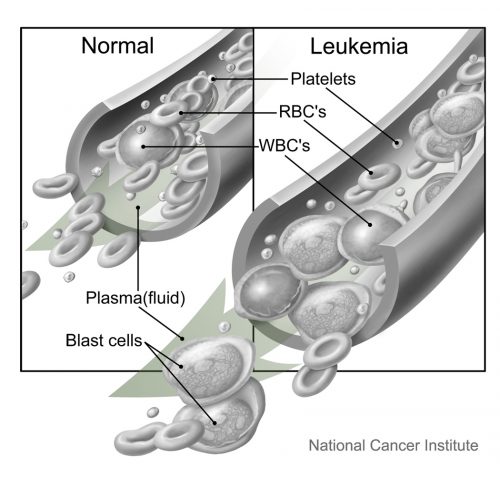Up to five percent of all people over the age of 70 have a mutated tumor suppressor gene called Tet2. According to the National Cancer Institute, a tumor suppressor gene encodes a protein whose function is to help control cell growth. Mutations, or changes, in these suppressor genes can prevent the regulation of cell growth. Since a combination of such mutations can lead to cancer, the scientific community has been directing much focus on studying these genes. A group of researchers from the Yale School of Medicine studied one such tumor suppressor, Tet2 (Ten-Eleven-Translocation-2), which has been linked to leukemia since 2009. The team found that while the gene does act against leukemia as a “tumor-suppressor,” it actually may have the opposite effect on other cancers.
Cancer is maintained by the microenvironment of the tumor, which expresses proteins that target specific immune cells, thereby suppressing the immune response. One important part of that immune response is the macrophage. The team found that deletion of Tet2 in myeloid cells led to a decrease in the suppression of macrophages, specifically tumor-associated macrophages (TAMs), thus promoting the immune system response. So, when the team deleted Tet2, they managed to delay melanoma tumor growth. et2 promoted cancer growth in mouse models with melanoma, a type of skin cancer. Therefore, Tet2 interacts with melanoma in the exact opposite way as its previously established role as a tumor suppressor of leukemia.
If the same gene can both promote cancer in one type of tumor and suppress cancer in another type, then the classification of tumor suppressor is not as straightforward as one may think. “I think this really casts an interesting question for the whole field – how should we think about tumor suppressors and oncogenes for the blood system,” said Dr. Jun Lu, Associate Professor of Genetics and corresponding author of the paper. “They may have much more widespread effects on other tissues—not only on cancer formation but the physiology of other tissue types.”
The interaction between Tet2 and melanoma raises several questions. One question is whether the deletion of Tet2 would also lead to the suppression of melanoma in humans. In other words, would the result in mice translate to similar results in humans? Another inquiry is whether these results apply to cancers other than melanoma. If so, then perhaps it could be possible to use the deletion or suppression of Tet2 to treat end-stage cancer patients. In certain instances like these, it seems that saving the patient’s life may be worth the potential risk of leukemia. “For end-stage cancer the patients, the first thing they worry about is not whether they have five to ten percent chance of getting leukemia down the road, but whether they can be rescued,” Dr. Lu said.

